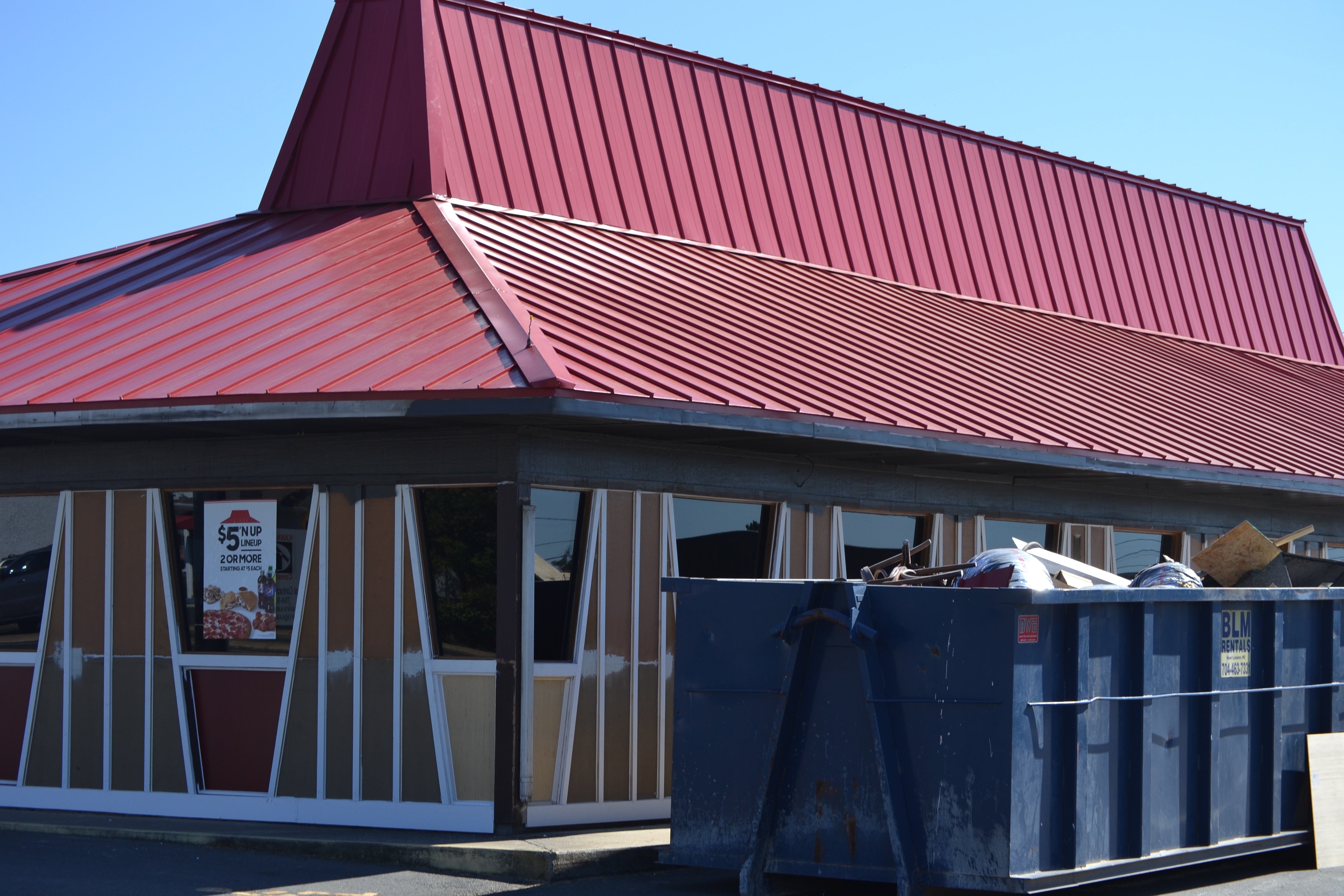De-annexation opposition swells, bill in jeopardy
Published 6:02 pm Friday, June 15, 2018
As resistance mounts against N.C. Rep. Justin Burr’s proposed de-annexation legislation, his efforts to get the bill passed are sputtering.
Burr’s added language to Senate Bill 531 has been running aground after opponents to the legislation contacted state legislators about stopping the bill that would de-annex properties in Badin, Stanfield and Red Cross.
The bill languished Thursday after legislators balked.
Trending
“All I know is that Justin (Burr) pulled the bill and plans to offer an amendment, the contents unknown to me,” N.C. Rep. Ken Goodman, D-Richmond, said via email Friday.
Burr’s bill could be back on the calendar in the House by Monday night where the vote could go either way.
N.C. Sen. Tom McInnis, R-Richmond, is among the legislators Stanly County stakeholders have called for help with the matter.
“When this bill comes over to the Senate, Sen. McInnis will give it the due consideration it deserves,” Libby Spain, McInnis’ legal assistant, said on his behalf. “Bills can be changed and be amended, therefore, Senator McInnis is withholding his opinion until he sees the final version of the bill that passes the House. Nevertheless, he does not foresee such a controversial bill moving forward as it is currently written.”
On Wednesday Burr introduced legislation that would de-annex Albemarle Correctional Institute from the town limits of Badin, 33 properties from the town of Stanfield and one piece of land from Red Cross.
None of the towns were contacted or allowed input prior to the proposed legislation.
Badin and Stanfield would sustain the greatest financial hardship caused by the legislation.
Friday morning the Badin Town Council met and drafted a resolution in opposition to the bill.
“SB 531 would severely impede the town of Badin’s ability to operate as a local government, and; whereas, the town was never consulted or contacted in any way about the creation of SB 531, and whereas, SB 531 would vacate approximately half of the town’s primary revenue source or 30 percent of the town’s total annual revenue,…,” the resolution stated.
Estimates show the loss of the prison would adversely impact Badin by about $10,000 monthly. Or, Badin would forfeit about $120,000 annually in sales and use tax revenue. Conversely, Stanly County would gain about $45,000 annually. However, $15,000 of the sum would go toward capital outlay projects for the school system.
All of the remaining municipalities in the county would absorb the balance proportionally to populations, according to the county manager.
In 2004, Badin acquired the prison property via satellite annexation. Because sales and use taxes are distributed based on municipal populations, the town of Badin collects a healthier slice of the tax with the addition of about 850 inmates.
Although Burr has not returned a telephone message to The Stanly News & Press seeking comment on his proposed legislation, he offered an opinion on Facebook where he specifically targeted Badin’s situation.
“Should the rest of Stanly County and in particular our school budget subsidize the operations of the town of Badin?” he wrote Wednesday. “…The additional dollars taken by the town of Badin results in a cut in funding to the county, the school system, and other local municipalities.”
During the 2004 annexation, Badin was beginning to feel the economic pinch of Alcoa dismantling its operations. The added population was observed as a way to help Badin offset lost revenue, according to former county commissioners familiar with the matter.
However, there is no record county commissioners took any action related to the Badin annexation.
Burr’s amended legislation could exclude Badin’s de-annexation since it appears to be the most contentious part of the bill. Stanfield and Red Cross, however, would likely remain in the bill.
Stanfield’s immediate financial hit caused by the legislation pales in comparison to Badin, but the long-term effects could be just as harsh.
The town is expected to lose between $15,000 and $30,000 from less tax revenue. However, the industrial property affected in the de-annexation could represent significantly more lost revenue once the project is complete.
Stanfield’s elected officials were slated to meet Friday evening to draft a resolution opposing the legislation.
Town leaders said they suspect one or only a few disgruntled residents spearheaded a petition en route to collecting 30 signatures favoring de-annexation.
Riverstone Park, an industrial project launched by the county, is among the properties Stanfield would lose.
Last year, Stanfield town officials refused to allow all of the Riverstone property to be zoned for industrial development. Consequently, the project will not reach its maximum build-out potential as presently zoned.
A de-annexation would put the zoning in the hands of county officials. The county could then develop the property as it sees fit.
Contact Ritchie Starnes at 704-754-5076 or [email protected].



